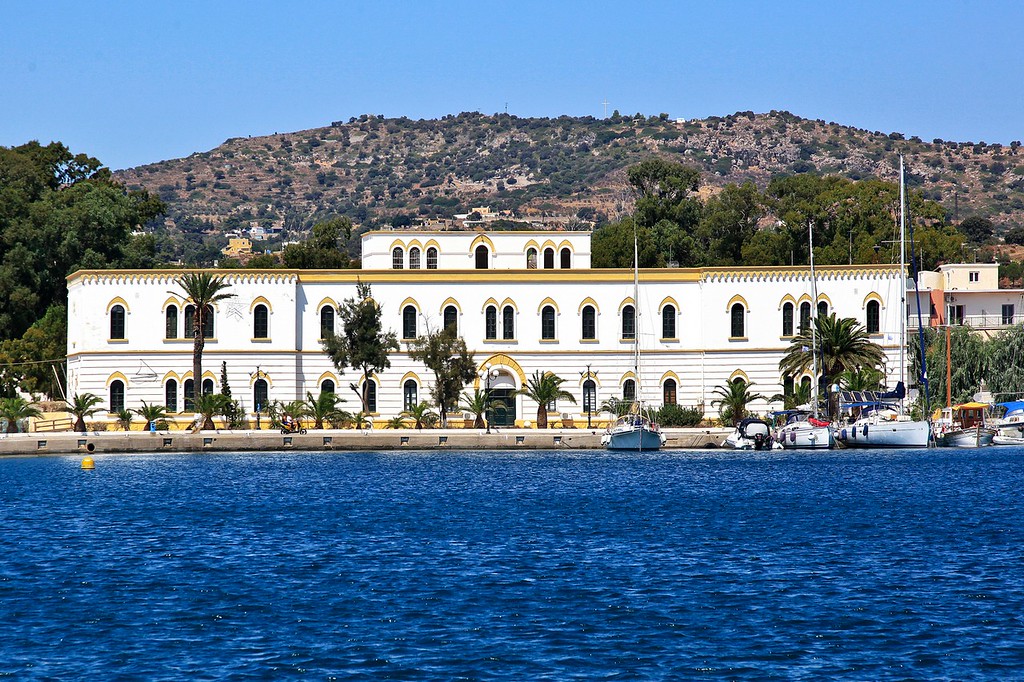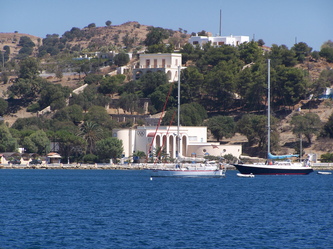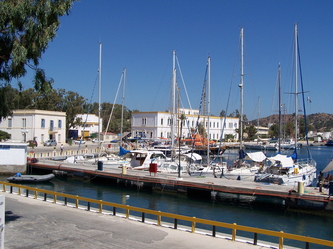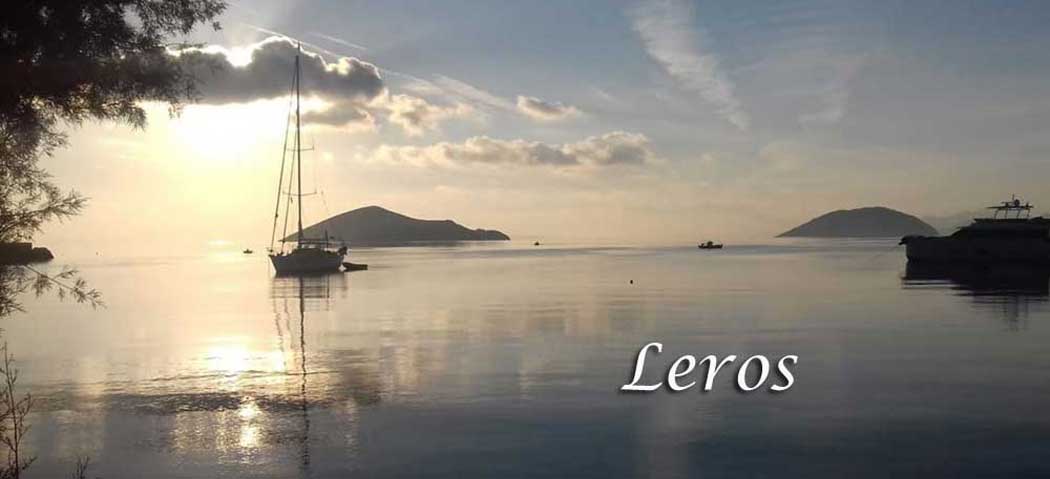Lakki a unique architectural monument town
Lakki An Italian planned city from the 1930s stands largely undisturbed on the Greek island of Leros.
Lakki is one of the most natural ports of the Mediterranean, due to its geographical position and nature it was used during the Second World War as the main naval station by the Italians. Lakki is the main port of the island and ferries from Athens and the other islands in Leros arrive here.
The distance from Platanos and Agia Marina is 3 kilometers. There are taxi and bus connections. Laki has a unique architecture made by the Italians during the 30 years of occupation. All roads are wide and covered with eucalyptus and pine trees.
From Lakki you can hike west to the beaches of Koulouki, Merkies and further to Cape Katsouni at the entrance of the bay. The whole road has trees. You will discover many beaches ideal for swimming and diving as well as day trips where you can enjoy swimming and fishing. In Lakki you will have cafeteria like Kinezos, Diva amd Finikas and you will eat at Petrino, Mama Mia, Woody and elsewhere.
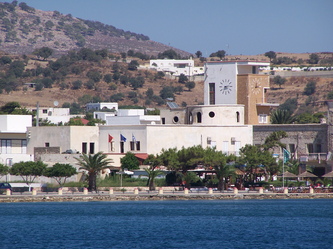
Lakki is the best example of 20th century fortifications. One can see the remains of fortifications everywhere. There is not a mountain top that does not have an artillery or various other buildings. Everywhere there were tunnels, bunkers and checkpoints with lookouts. You can still see the three towering towers for the wireless antennas.
The fortification works are impressive, but also raise questions about how the heavy guns and building materials were brought up to those mountain tops in the middle of the era.
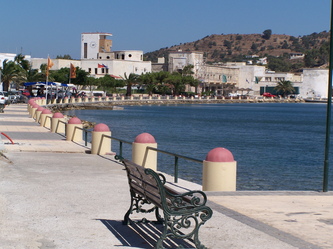
A stroll through the grid-like streets brings to mind the Italian planned cities of the 1930s: Lakki was also built between 1933 and 1938 on behalf of Italy, whose territory included the Greek Dodecanese Islands at the time. In order to provide the navy and air force officers stationed on Leros with housing and an urban infrastructure for their families, the then governor
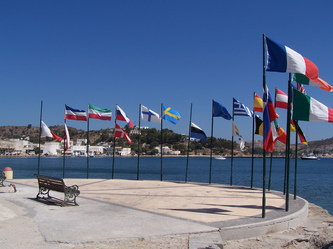
It was realized in the style of rationalism, the Italian version of architectural modernism – and at the same time witnessed Mussolini’s fascist rule. After the end of the Second World War, Portolago became the Greek town of Lakki, but the clear geometry of the forms, based on Bauhaus and International Style, characterizes the place to this day – even though time and the salt water have severely affected the ensemble and several buildings today in one lie in a slightly morbid slumber.
The colors of the surroundings alone give the architectural ensemble a completely different look than its Central European relatives. Nature has reclaimed parts of Lakki’s grid and the geometric forms of the buildings and the organic forms of the vegetation form an exciting connection.
What to see
The renovated cinema of Lakki next to the hotel Leros. Both an excellent example of Art Deco. Behind the Cinema the Market and the clock tower. At the main square the catholic style Church of Agios Nikolaos.
The old building of the Italian Head Quarters and next to it the villa of the Italian commander. Further to the west the war museum of Leros at Merkies and to the East the quarters of the Greek police that are housed also in an Art Deco building of the Italian Era.
